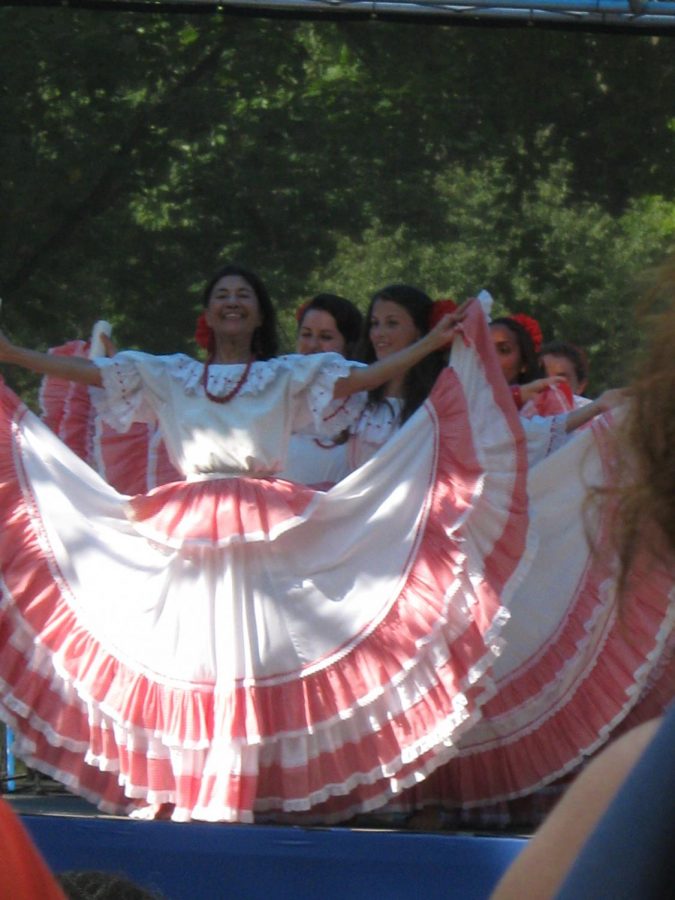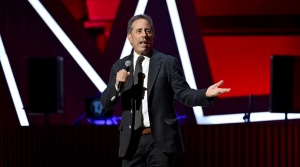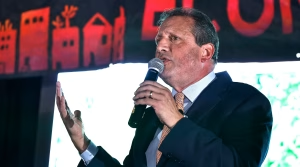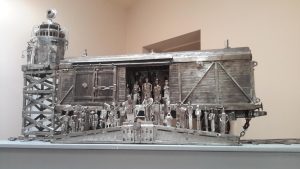Festival of Nations fosters cultural awareness
Published September 8, 2010
For two days each year, Tower Grove Park is transformed
into a colorful, musical, cultural melting pot.
This year, those days were Saturday, Aug. 28 and Sunday, Aug. 29. The event, appropriately titled the Festival of Nations, gathered enormous crowds for two days of celebrating
ADVERTISEMENT
St. Louis’ diverse ethnic populations, which included
demonstrations and samplings of food, music, dance and other cultural activities.
Sprawled across Tower Grove Park’s 289 acres were booths offering everything from savory ethnic food to handcrafted toys. For those willing to sit still amidst all the excitement, calligraphers, henna artists and hair braiders worked diligently. Just walking a few feet would arouse all the senses, what with vivid traditional garments on display, multicultural music blaring over loudspeakers and of course, the aroma of tasty foreign delicacies.
While food and other items were available for purchase, a full wallet wasn’t needed to enjoy the event. In fact, admission to the festival was completely free, as were its plethora of musical and dance performances.
But the Festival of Nations is more than a spectacle. While the food, dance, and music are popular attractions, they serve a greater purpose than just amusement. Its parent
organization, the International Institute of St. Louis, makes sure of that.
Since its founding in 1919, the International Institute has been dedicated to reaching out to refugees and immigrants across St. Louis. The organization is structured
around three pillars: immersion, investment and inclusion for over 9,000 new Americans a year. The first two pillars are addressed through the Institute’s numerous and multilayered aid programs, from English classes to micro-finance funding. The final pillar, inclusion, is the focus of the Festival of Nations. As the Institute President and CEO Anna Crosslin put it, the Festival is about “rubbing shoulders with the world.”
“[The Festival of Nations] helps St. Louisans learn and appreciate immigrant newcomers,” Crosslin said. “It builds appreciation
for other cultures and tolerance of diversity.”
ADVERTISEMENT
Carmen Dence, a longtime performer for the Festival of Nations, has similar sentiments. Since 2000, she has participated in the Festival as both the founder and artistic director of Grupo Atlántico, a traditional dance company specializing in Colombian and other Latin Caribbean styles-just one of the approximately 60 cultures represented at the festival.
“I consider the Festival of Nations the major artistic venue of the region, to highlight the tapestry of cultures in St Louis,” Dence said. “It is a wonderful opportunity to share our heritage, to enjoy the commonality of traditions, to sample food and crafts from all over the world, all under the cozy shade of majestic trees at Tower Grove Park.”
This theme of diversity and international acceptance
is one all Jews can relate to.
“Traditionally, Jews have been very tuned in to issues having to do with immigration and resettlements,”
said Batya Abramson-Goldstein, Executive Director of the Jewish Community Relations Council, a close partner with the International Institute. “Our own history brings us to an understanding of what it’s like to be an immigrant, like when European Jews first came to America. Even going way back to the Bible, it speaks of the way Jewish people should respond to strangers, for ‘we were strangers in the land of Egypt.'”
Not only does the Festival of Nations spread awareness and diversity, it brings the St. Louis community
together. According to the International Institute’s website, iistl.org, 125,000 visitors flock to the Festival of Nations each year.
It’s no wonder why. Between the exotic cuisine, all-day music and dancing, children’s activities, and the international bazaar, there’s something for everyone at the Festival of Nations. Plus, it promotes a good cause-a sense of community among St. Louisans, wherever their roots lie.
“Too often people are not aware of St. Louis’ rich cultural diversity. The Festival of Nation is a doorway to being exposed to that in the most positive of ways,” Abramson-Goldstein said.
Another Festival of Nations has come and gone, but if the festival’s annual turnout is any indication, its impact is lasting.
“We build bridges and force communication in many ways,” Dence said. “Any time one is able to let the arts speak, we teach and learn respect for ourselves and others.”















